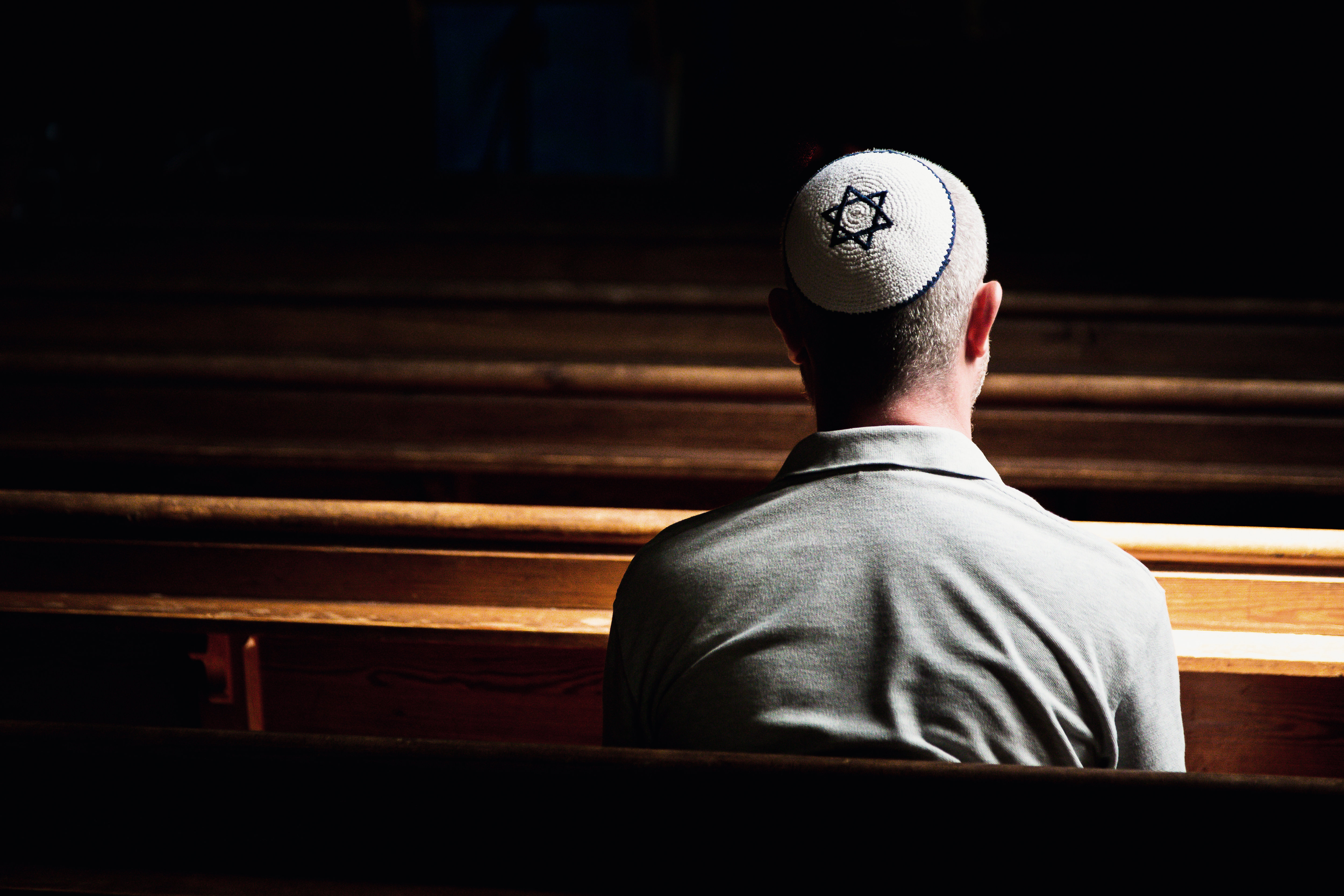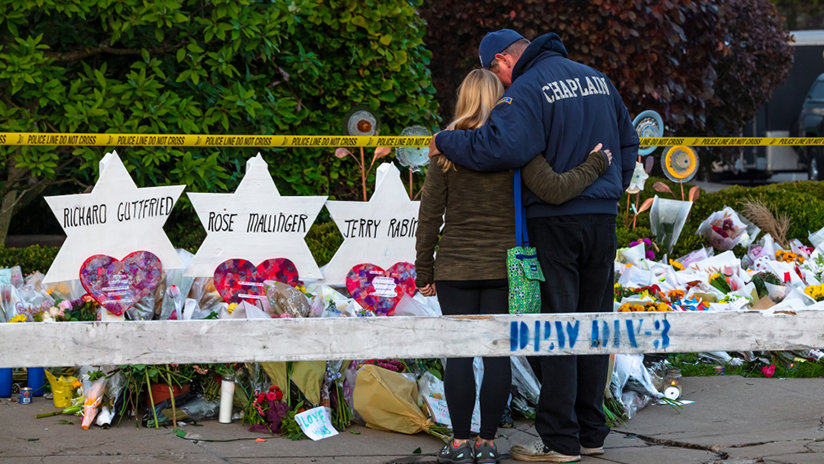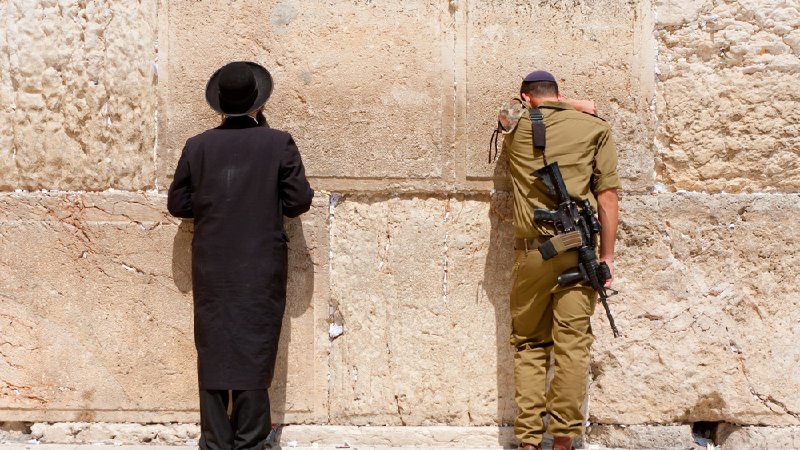
-
HOME
-
WHAT IS STANDOur Mission Our Values Our Help Contact
-
WHAT WE FIGHT FORReligious Freedom Religious Literacy Equality & Human Rights Inclusion & Respect Free Speech Responsible Journalism Corporate Accountability
-
RESOURCESExpert Studies Landmark Decisions White Papers FAQs David Miscavige Religious Freedom Resource Center Freedom of Religion & Human Rights Topic Index Priest-Penitent Privilege Islamophobia
-
HATE MONITORBiased Media Propagandists Hatemongers False Experts Hate Monitor Blog
-
NEWSROOMNews Media Watch Videos Blog
-
TAKE ACTIONCombat Hate & Discrimination Champion Freedom of Religion Demand Accountability
This Rosh Hashanah, We Must Confront Anti-Semitism
The Jewish New Year, Rosh Hashanah (literally “the head of the year”), is never referred to as such in the Bible. Rather, the High Holy Day is called Yom Teruah, or Day of Blasting. The ram’s horn, shofar, is sounded no less than 100 times during the prayer service on that day, after having been sounded once daily during the preceding 30 days.
As a call to repentance, as a reminder of one’s accountability to one’s Maker and to one’s fellow man, as a general wakeup call, the blasting of the ram’s horn at this time of year echoes the ancient calls to battle wherein the enemy was at hand and one’s very survival was at stake.

This season of Rosh Hashanah coincides with the release of the FBI’s annual compilation of hate crime (“bias-motivated incidents”) statistics. The latest data, submitted by 15,136 law enforcement agencies, with about 3,500 failing to report, paints a grim picture of the state of anti-Semitism in the United States.
Hate crimes, according to the report, overall increased by 6 percent over the previous year with nearly 60 percent of the incidents targeting Jews and the Jewish community.
This season of Rosh Hashanah coincides with the release of the FBI’s annual compilation of hate crime statistics.
But what is unsaid in the FBI’s compilation is more chilling than what is said. As the Anti-Defamation League’s (ADL) CEO, Jonathan Greenblatt, observed, “While these numbers are disturbing on their own, the fact that so many law enforcement agencies did not participate is inexcusable, and the fact that over 60 jurisdictions with populations over 100,000 affirmatively reported zero hate crimes is simply not credible. Data drives policy and without having a complete picture of the problem, we cannot even begin to resolve the issues driving this surge in hate and violence.”
As law enforcement’s participation and reportage to the FBI’s database is purely voluntary, and as district attorneys and justice officials find it easier to simply classify a crime as a crime without the hate or bias motive attached, the statistics of the state of bigotry and anti-Semitism are skewed downward.
It’s anybody’s guess how far downward.
Despite these efforts and others, both covert and overt, to whitewash bigotry, the hate crime statistics continue to rise, with the Jewish community yet again singled out as one of the preferred targets.
“While these numbers are disturbing on their own, the fact that so many law enforcement agencies did not participate is inexcusable.”
This is nothing new. In the 2012 documentary Global Anti-Semitism, ADL Executive Director Emeritus Abraham Foxman tells interviewer Martin Himel, “We’ve been there for 2,000 years. We’re on top of the heap. We’re #1 on the hit parade on conspiracy theories. We’re convenient. We’re comfortable. The Church didn’t like us. The noblemen didn’t like us. In the Communist world Jews were capitalists. In the capitalist world Jews were Communists… The themes are the same, the stereotypes, the conspiracy theme have not changed for 2,000 years. What have changed are the players and the characters.”
Hate affects us all, no matter who we are, no matter what group—majority or minority—we identify with; and no matter that we, in our possibly cloistered, “enlightened” lives, insist it has nothing to do with how we feel or act or pursue our business. One person’s anguish, one family’s heartbreak, one community’s fear stemming from one or a thousand unconscionable acts of senseless, baseless hate is something that we all own.
The sounding of the shofar is a call to awaken from complacency, and to simply look and see. Mountains can be moved, hearts can be changed if enough of us have the wit and conscience to realize and confront where we are headed, truly and factually.
If enough of us do that, there may yet be hope for us this new year.









